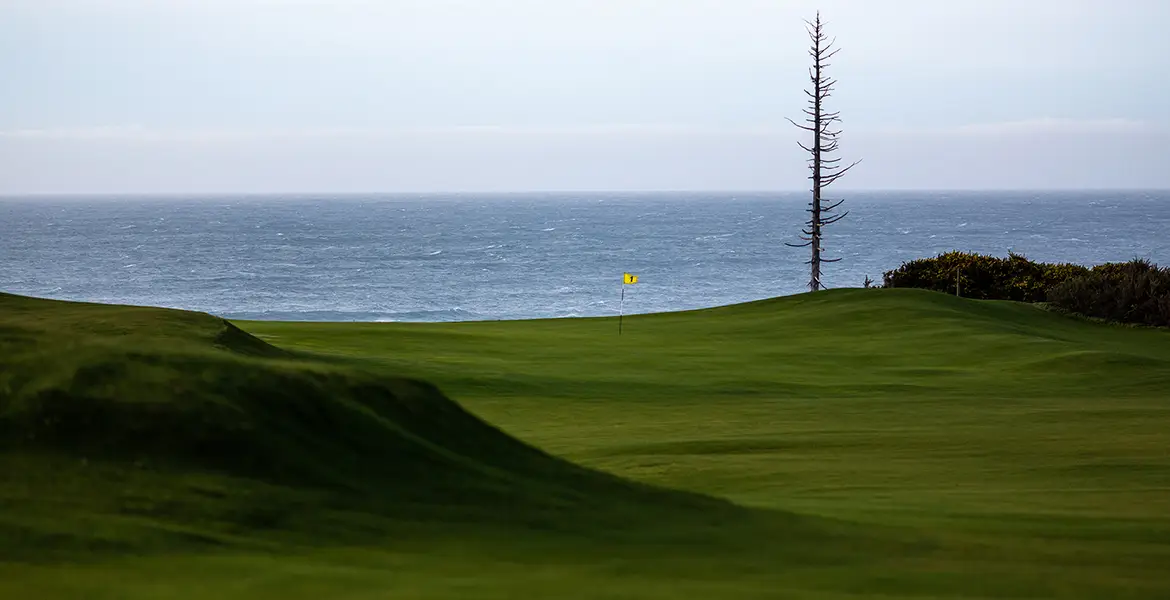I will never forget the last time I had the good fortune to meet the great Severiano Ballesteros.
Back in the fall of 2007, I was standing on the first tee of the Old Course at St. Andrews, waiting to start a round, when he arrived unannounced to do some filming and somewhat to my surprise decided to stop for a brief chat.
“I love it here,” he told me as we gazed out from under the shadow of the R&A clubhouse down the first and 18th fairways toward the Swilcan Bridge. “It brings back so many happy memories.”

I knew exactly what he meant.
My own love affair with the Auld Grey Toon was kindled in 1964 when, as a youngster, my father took me to watch Tony Lema win The Open. I was there when Jack Nicklaus won both the 1970 and 1978 Opens. I watched in awe as Tiger Woods spread-eagled the field in 2000. But my all-time favorite memory remains Seve’s own victory and subsequent celebration on the 18th green in 1984.
That week had started on a high note when I was part of the audience that sat transfixed as an emotional Nicklaus received an honorary degree from the University of St. Andrews. By Saturday evening, the Golden Bear was no longer a central figure and Ballesteros was convinced the final round would develop into a battle between himself and Tom Watson. So it proved to be.
Watson arrived at St. Andrews with the weight of history on his shoulders. He was the defending champion and was bidding to tie Harry Vardon’s record of six Open victories. Any thought that might be too much of a psychological burden was dispelled when he carded rounds of 71, 68, and 66 to share the 54-hole lead with a young Australian, Ian Baker-Finch.
Ballesteros started Sunday two strokes back in a tie for third with Bernhard Langer. But when the Spaniard birdied the 14th, he and Watson were level. Not for the first time, a St. Andrews Open was destined to be settled on the infamous 17th hole.
The Road Hole is frequently described as the toughest par four in world golf. It had ended the hopes of many an Open challenger, which is why I made my way out of the media center to watch the finale unfold.
Ballesteros had every reason to feel nervous as he approached the hole: He’d dropped strokes there in each of his first three rounds. This time, a trademark, slashing 6-iron out of the deep rough on the left, followed by two putts from the front of the green, secured a valuable par.
Then it was Watson’s turn. After a perfect drive he made the mistake that was to cost him the chance to join Vardon in the record books. Some 34 years later, I still cannot explain why he elected to hit a 2-iron for his approach. Maybe he got the yardage wrong. Perhaps he was fooled by the breeze. Whatever the reason, it proved to be at least one club too much, sending his ball over the green, coming to rest almost snug up against a stone wall. Bogey was the result and, when Ballesteros birdied the last, the title was all but his.
When his final putt fell, Seve began punching the air in delight, an image later replicated on his company logo. To this day, it remains one of the most joyous celebrations I have ever witnessed at a golf event and brings a smile to my face every time I see it.
Later that evening, Ballesteros admitted, “I can’t tell you what it means to me to win at St. Andrews,” but it hardly seemed to matter. His celebration had already told us more than mere words ever could.






